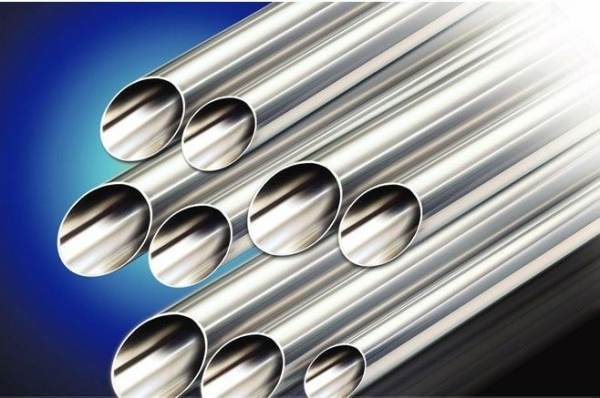
Privacy statement: Your privacy is very important to Us. Our company promises not to disclose your personal information to any external company with out your explicit permission.
Mr. Mark
What can I do for you?

Stainless steel is iron carbon alloy, under normal circumstances, iron metal is not with magnetic austenite, but in the smelting process, after cold processing, the structure will change, stable austenite into an unstable martensite, so that stainless steel with magnetic, can be attracted by a magnet.


Privacy statement: Your privacy is very important to Us. Our company promises not to disclose your personal information to any external company with out your explicit permission.

Fill in more information so that we can get in touch with you faster
Privacy statement: Your privacy is very important to Us. Our company promises not to disclose your personal information to any external company with out your explicit permission.